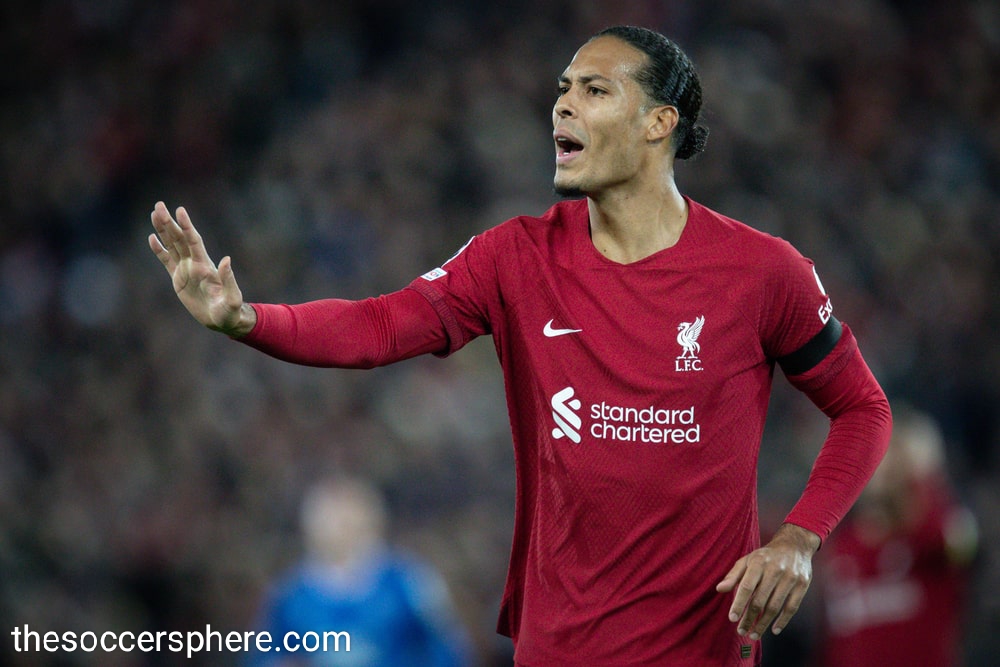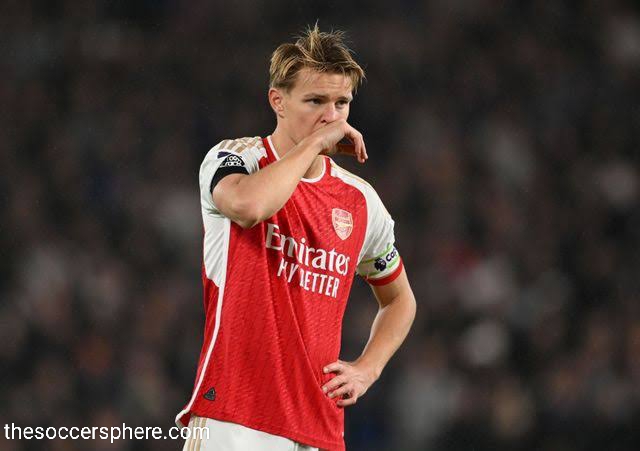
The positioning of the players on the field is the most basic aspect of soccer. Soccer, also known as football in different parts of the world, is not only a game but also a strategic battle. Every player plays a specific role when entering the field. Their mutual collaboration and teamwork skills lead them toward success.
From goalkeeper to strategic midfielder, every player maintains the game’s flow. They work together to defend against wild attacks or achieve an incredible goal. The contribution of every player in this game is crucial to the team’s victory. In this article, we’ll explore the 11 positions in soccer that highlight the game’s complexities and dynamics. Each position has its own unique responsibility and skill that have a great effect on the overall strategy of the game and make it exciting for the viewer.
Importance Of 11 Positions In Soccer
Soccer consists of two teams with eleven players, each with distinct roles and tasks. The players of each team utilize their skills and different tactics to lead the team towards victory. This captivating game is appreciated because of the distinctive positions of the players and their strategic depth. They effectively contribute to both offensive and defensive roles as needed.
In this game, each player’s role is essential to the team’s destiny towards victory or defeat.
11 Positions In Soccer
This game occupies four main positions: goalkeepers, defenders, midfielders, and forwards. These general positions are divided into more positions along with their skills, roles, and responsibilities.
- Goalkeeper
- Defenders (center-backs, full-backs, sweepers)
- Midfielders (center midfielders, defensive midfielders, attacking midfielders, and wide midfielders)
- Forwards (Strikers, Second Strikers)
Each player comes to the ground with a unique title. On the field, soccer coaches choose different positions for their players for the proper team formation.
1. Goalkeepers (GK)

One of the main positions in soccer is goalkeepers, who prevent the opposing team from scoring a goal. They’re the last line of defense and the only players who can use their hands within the penalty area. We can call them the last hope for their team, who try to stop their opposing team from scoring. Their key skills are:
- Organization: They’re adept at commanding their box and organizing the defense during free kicks.
- Shot-stopping: They’re responsible for blocking shots from opposing teams and stopping them to make a score.
- Catching: They can catch the ball in several situations, like high crosses and defensive nodbacks.
2. Defenders

Defenders use their skills against the attackers to stop them from scoring. They adopt different strategies to protect the goal. They’ve got three main categories:
- Center-Backs (CB)
- Full-backs (LB/RB)
- Sweeper
Center-Backs:
With excellent tactical awareness, they’re responsible for stopping the attackers from getting a goal. They‘re central defenders and maintain positional discipline. Moreover, their task is to win the aerial duels.
Full-Backs:
In full-backs, there are two types of soccer positions:
- Left-back (LB)
- Right-back (RB)
They play on the left and right flanks. They must defend against opposing wingers who pass the ball to other attackers. They’ve had strong stamina for performing both defensive and offensive duties.
Sweeper:
He provides additional cover by playing behind the center-backs and protecting the ball from dangerous areas. This position is not important in soccer and is utilized at the time of need.
3. Midfielders

Midfielders are as crucial in soccer as an engine in any vehicle. Having tactical awareness and quick decision-making skills is an asset to the team’s success. We can categorize them into four positions.
- Center midfielders (CM)
- Center Defensive Midfielders (CDM)
- Center Attacking Midfielders (CAM)
- Wide Midfielders/Wingers (LW/RW)
Center Midfielders:
They’re versatile players, having great abilities for defending and attacking. They’re well aware of the skill of ball distribution and are responsible for controlling the game’s pace.
Center Defensive Midfielders:
They’re also called “holding midfielders.” They perform defensive duties by breaking up attacks and protecting the backline. Their duties are to maintain team shape and provide cover for defenders.
Center Attacking Midfielders:
Their main focus is on offensive play. They’ve got creative minds that help them grab goal-scoring opportunities through dribbling and precise passing.
Wide Midfielders:
Wingers, or wide midfielders, play along the flanks. They’ve got great speed and dribbling abilities to increase scoring chances.
4. Forwards

The players in this position are focused on scoring goals and grabbing offensive opportunities for victory. They fall into two main categories:
- Strikers/center-forward (ST)
- Second strikers (SS)
Strikers/Center-forward:
They’re the team’s main goal scorers and are positioned in the center. They can find space in the box and have exceptional shooting skills.
Second Striker:
He plays as an inside forward and is positioned behind the main striker to support him.
Conclusion:
These 11 positions in soccer highlight the contributions of each player to the team’s victory. Each position possesses specific skills that have a great effect on the overall strategy and performance of the team. Moreover, understanding these positions is crucial for the viewer to know the roles and responsibilities of this game and appreciate each player.


I am often to blogging and i really appreciate your content. The article has really peaks my interest. I am going to bookmark your site and keep checking for new information.